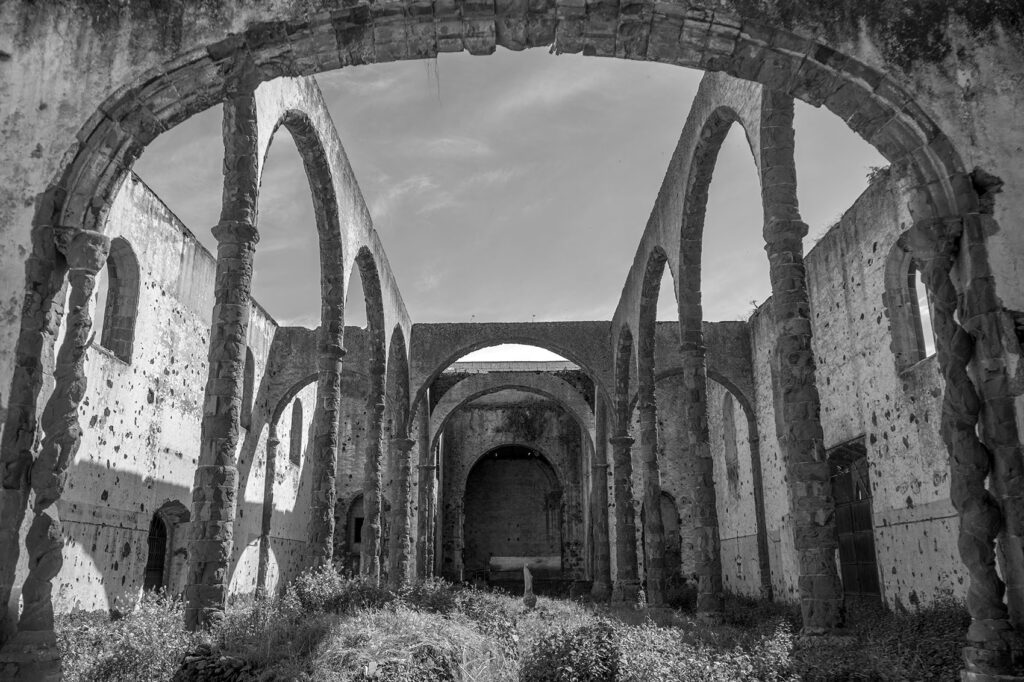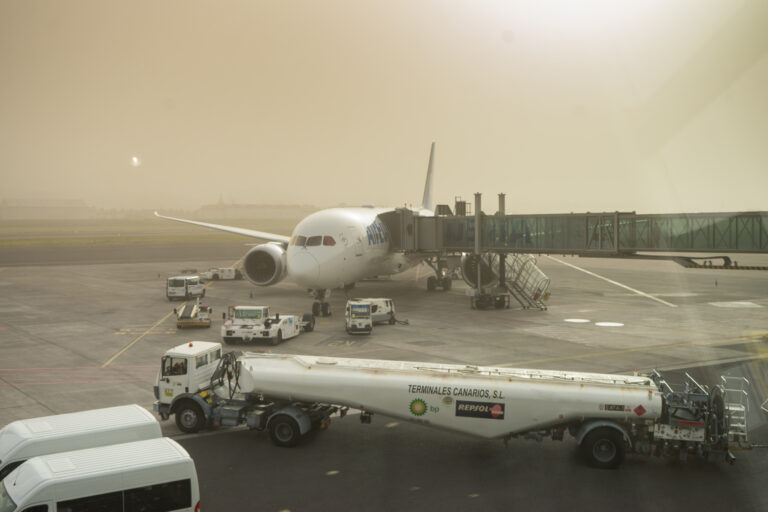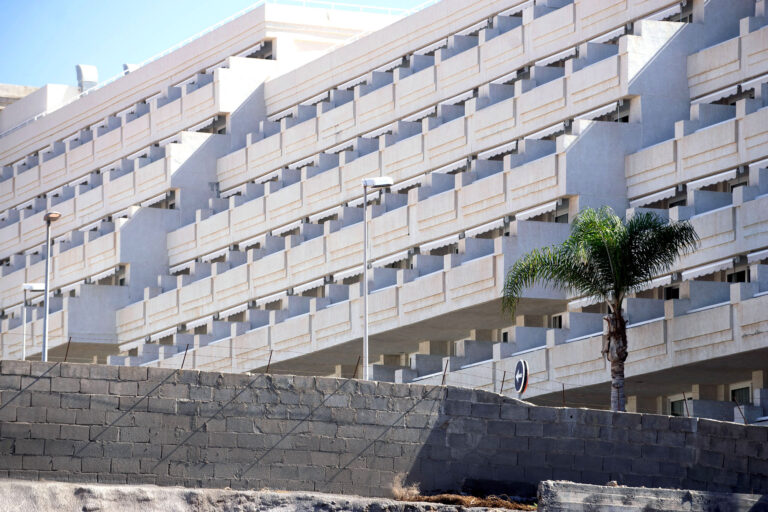A Concise History of Tenerife
The history of Tenerife is tied closely to that of the entire Canary Islands. This is the largest of the seven islands in the archipelago, and has assumed the cultural and political lead throughout the years. Let’s take a quick look at the most important events in Tenerife’s history.

4 million years ago: Tenerife and the other Canary Islands emerge from the sea, after millions of years of underwater volcanic explosions. The island will take its present-day shape following the final massive explosions, around 200,000 years ago.
600 BC: The Guanches arrive and establish themselves as the original inhabitants of the Canary Islands. Descended from the Berber people of Northern Africa, little is known about their early history or arrival, but the oldest archaeological findings on Tenerife date from this time period.
1150 AD: The Guanches, who had developed their culture in nearly complete isolation, are rediscovered and documented in an account by Palermo-based geographer Muhammad al-Idrisi. Until now, the Canary Islands had enjoyed a mythical status, referenced in ancient texts as Atlantis or the Elyssian Fields.
14th Century: Upon the death of Tinerfe, a powerful Guanche king for whom the island was possibly named, his sons divide Tenerife into nine administrative divisions, or menceys, which are still roughly recognized today: Taoro, Güímar, Abona, Anaga, Tegueste, Tacoronte, Icode, Daute, and Adeje.
1464: The Spanish had been visiting for decades, but now their attempts at conquering the Canary Islands begin in earnest. They encounter unexpectedly tough resistance on Tenerife, and are humiliated by a much-smaller Guanche force, in the 1494 Battle of Acentejo.
1496: The Guanches fought stubbornly, but were no match for the far more advanced and powerful Spanish Empire, and Tenerife becomes the final Canary Island to bend its knee to the crown. Before long, the aboriginal culture and people would be completely assimilated by the Spanish.
18th Century: Tenerife’s fortunes grow tightly intertwined with its relationship to the New World. Steady trade in products such as rum and sugar cane, and massive emigration to growing countries like Venezuela, Cuba and Puerto Rico, make a huge impact on the island.
1797: The British try their hand at invading Tenerife, under the command of Admiral Horatio Nelson. The attack is spectacularly unsuccessful, and Nelson loses an arm in the attempt.
1890s: Tenerife begins to capture the imagination of European tourists. New developments in boom cities like Puerto de la Cruz draw people are especially popular with the British, but draw visitors from all over the continent, including Prussian naturalist Alexander van Humboldt, who climbs the Teide.
1936: General Francisco Franco is posted to Tenerife, because of concerns about his extremist rightwing views and conspiratorial leanings. Madrid is right to worry, but should have kept its enemies close. From Tenerife, Franco plots his takeover, which will plunge Spain into civil war and decades of fascist dictatorship.
1977: Two Boeing 747s collide on the runway at Los Rodeos airport, resulting in the deadliest catastrophe in aviation history. 583 people are killed in what will become known as the Tenerife Airport Disaster.
2002: Strong rains and unusual weather patterns result in unexpected flash flooding in Santa Cruz, and cause eight deaths, the loss of 400 homes and €90 million in damages.
2019 … and beyond: With a still-growing tourism sector that welcomes over five million visitors to the island every year, Tenerife is well positioned for prosperity. The government also seems to realize the importance of the island’s natural and cultural heritage, and has taken strides to protect both its parks and traditional ways of life. If this balance can be maintained, the future looks bright for the largest Canary Island.



